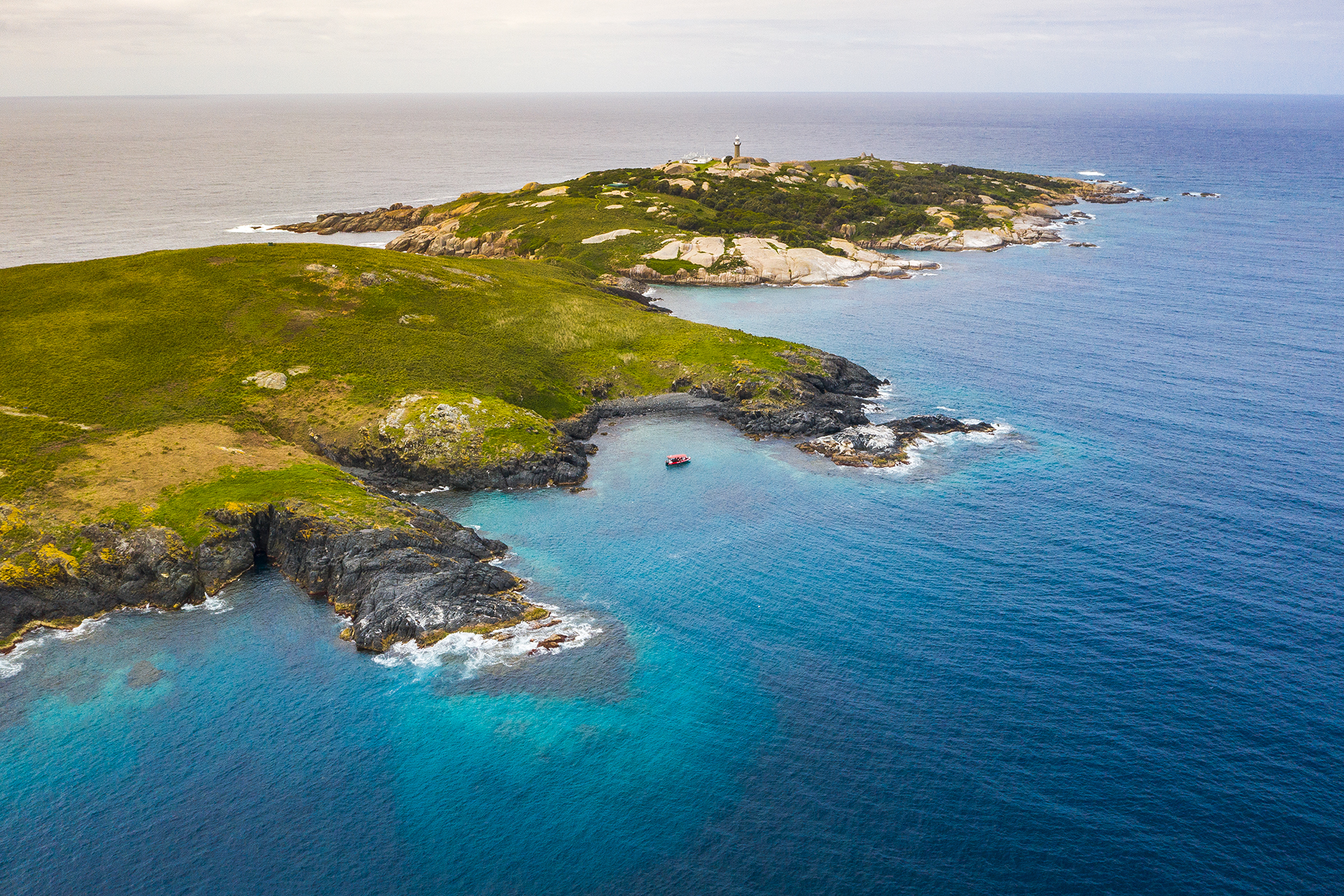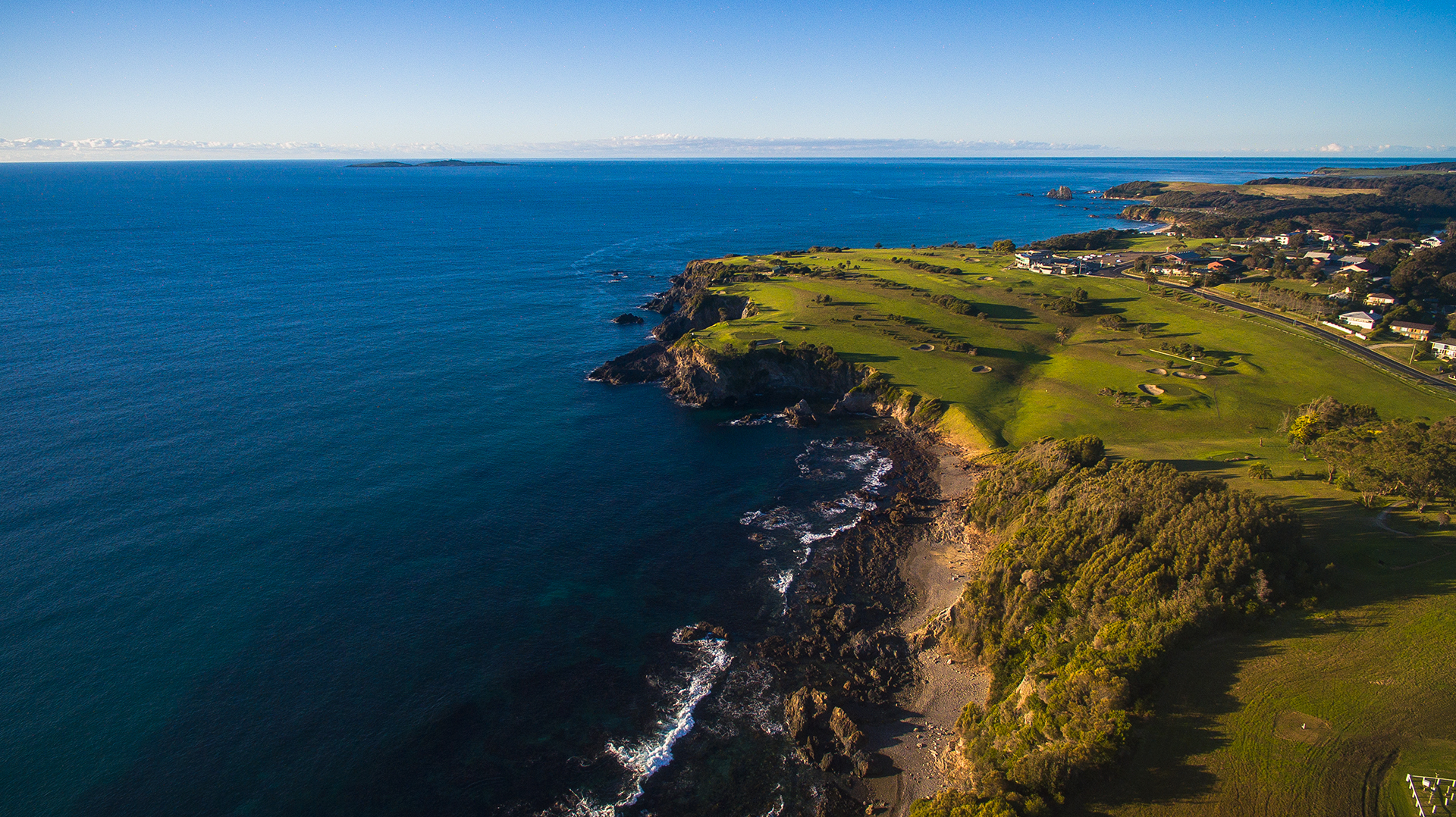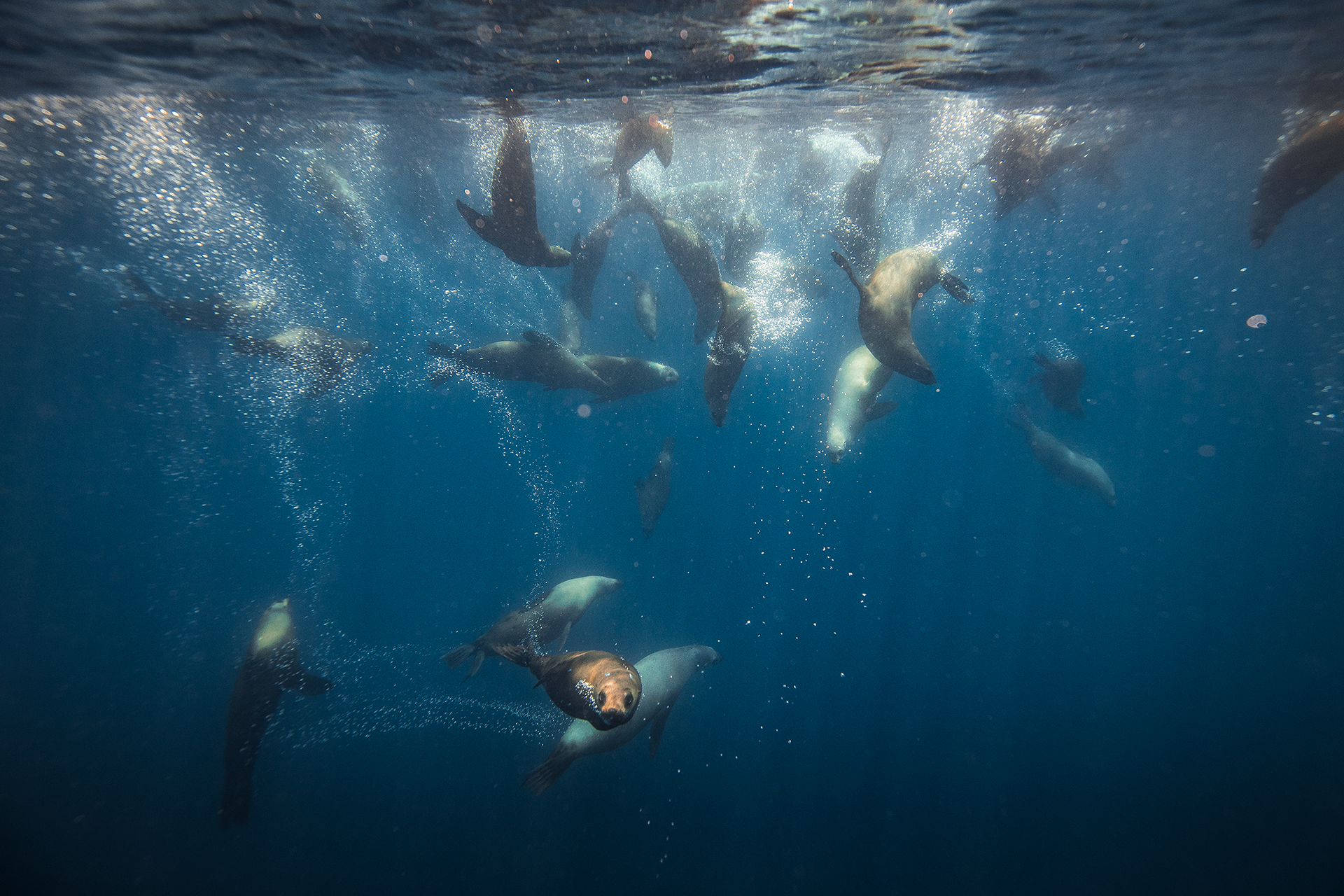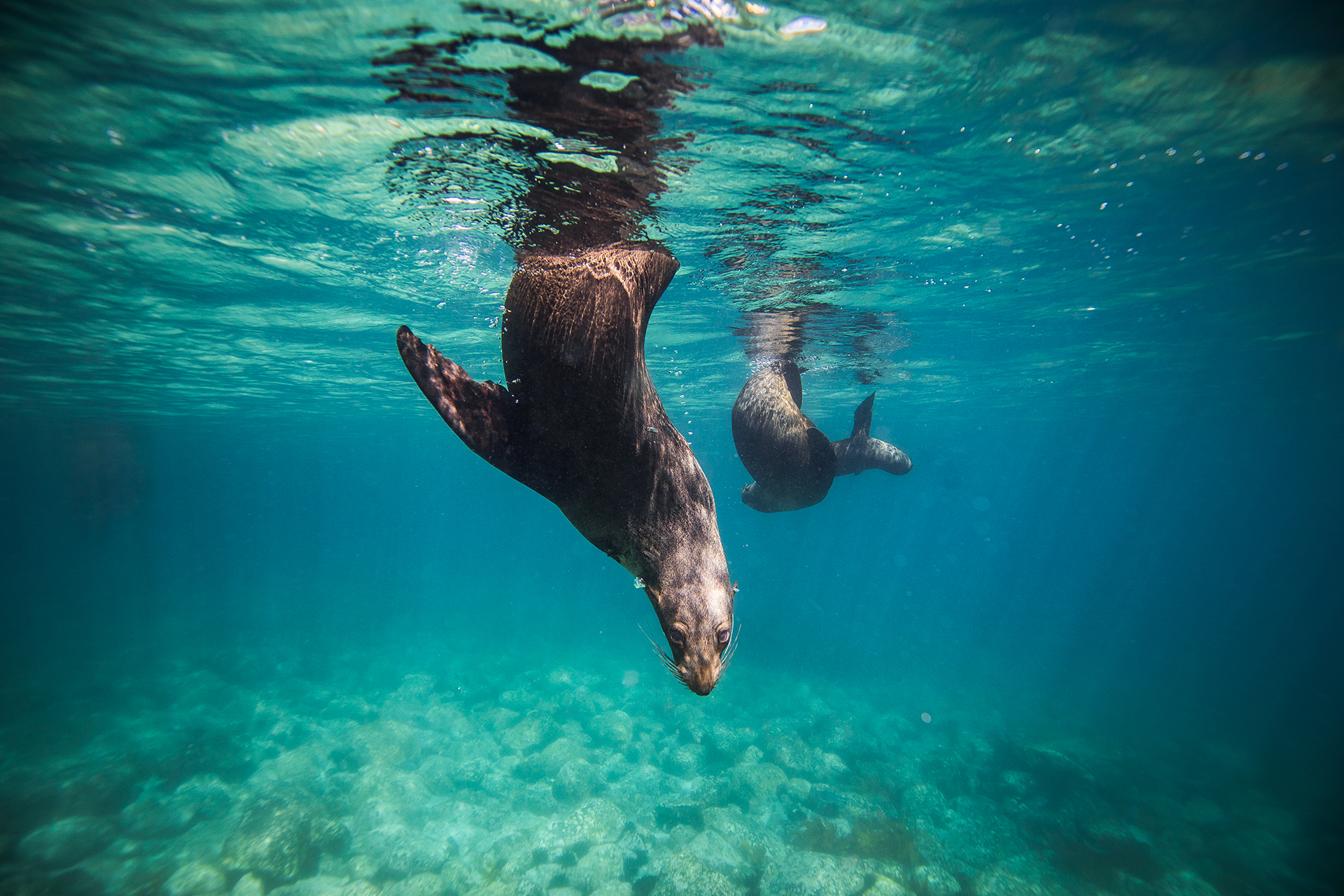The story of Montague Island
Montague Island (Barunguba) is a continental island within the Montague Island Nature Reserve, a protected nature reserve that is located about 9km offshore from the South Coast town of Narooma, New South Wales, Australia.
Montague Island is the second largest island off the New South Wales east coast other than Lord Howe Island. It has been classified by the National Trust as a Landscape Conservation Area for its scenic, scientific and historical values. The Montague Island Light buildings are entered on the Register of the National Estate because of the architectural quality of the tower and residences.
Montague Island is a popular tourist destination, known for its lighthouse, wildlife, most especially little penguins and seal colonies, and recreational activities.
A lighthouse is maintained on the island by the Australian Maritime Safety Authority. The lighthouse was designed by James Barnet and built in 1881. It was automated in 1986 and demanned in 1987. The lighthouse is 21 metres (69 ft) tall and the light is 80 metres (260 ft) above sea level with a nominal range of 20 nautical miles (37 km) and a geographic range of 17 nautical miles (31 km). The original Fresnel lens was removed in 1986 and is now on display at the Narooma Lighthouse Museum.
Forty nine species of fauna have been recorded on the island by the New South Wales National Parks and Wildlife Service.
The island is home to a large colony of little penguins on the island. As the island has no foxes or feral cats, the penguins have no predators other than other seabirds and seals. With the restoration of native habitat and the provision of penguin breeding boxes, penguin numbers have increased, and there are now approximately 12,000 on the island. The female usually lays two eggs, and during a good year, both chicks will survive. The birds come ashore at dusk after feeding at sea, and visitors to the island can watch the birds from a platform near the jetty.
Crested terns, Sterna bergii, have brilliant white feathers covering the body while the head is completely black.
Shearwaters, also known as mutton birds, nest on the island. Species recorded are:
Puffinus bulleri (Buller's shearwater)
Puffinus griseus (sooty shearwater)
Puffinus pacificus (wedge-tailed shearwater)
Puffinus tenuirostris (short-tailed shearwater)
The northern tip of the island is the seasonal home to a seal bachelor colony. Due to the site's remoteness, it is only possible for visitors to see them from a charter with Underwater Safaris. The majority of the seals are Australian fur seals, New Zealand fur seals, subantarctic fur seals and Australian sea lions have also been observed.













